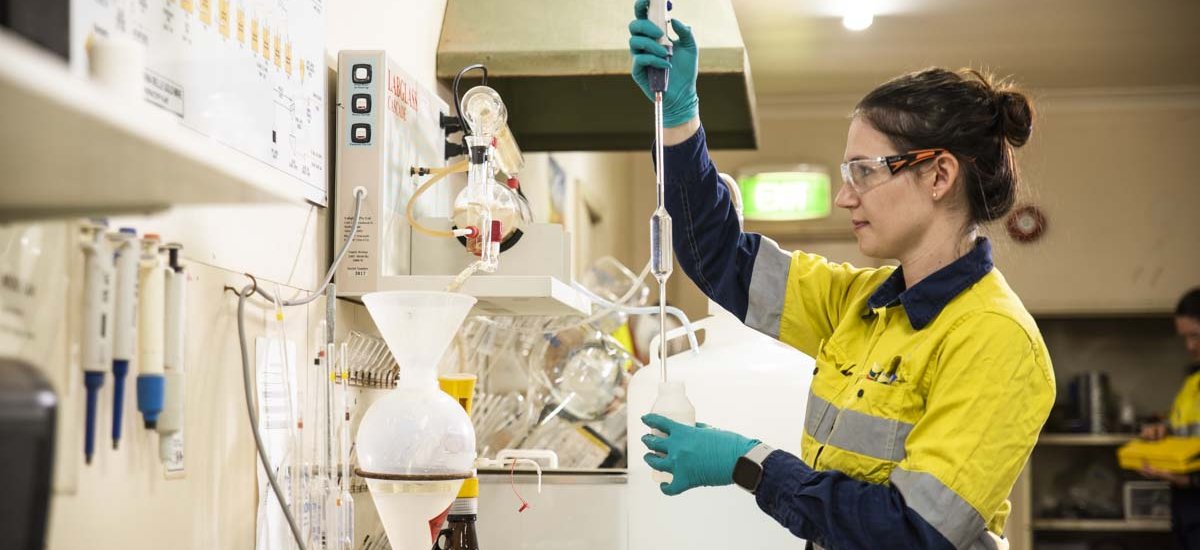Funding needed for mining innovation to progress

Wider industry cooperation and increased funding of research and development (R&D) are key to advancing the mining industry according to a newly released whitepaper – A review of the minerals industry R&D landscape in Australia.
The paper was commissioned by the Cooperative Research Centre for Optimising Resource Extraction (CRC ORE). Its author is Andrew Jenkin MAusIMM, a resources technology and innovation consultant with over 30 years’ experience in the minerals industry.
The paper examines 65 Research and Development programs, with total annual cash funding of $229 million (70 per cent from industry and 30 per cent from government).
Mr Jenkin said that his research presents some uncomfortable truths regarding investment in mining innovation.
‘Total funding appears disproportionately low, when compared to the combined R&D expenditure of Australian universities and CSIRO of over $12 billion. This from an industry that generates export revenues of over $200 billion,’ Mr Jenkin said.
‘Disappointingly, the overall research and development landscape is currently characterised by a majority of small-scale programs and low levels of industry coordination,’ he said.
‘There is also little focus on step-change innovation, and total funding lower than should be expected for such a large critical industry.’
Mr Jenkin also discovered that some specialised R&D areas, such as preconcentration, are not consistently supported.
‘I was surprised at the low levels of total funding in key areas such as mine planning and design; bulk materials handling and logistics; tailings and waste management; and social and community. These are all issues that warrant a greater research focus and investment.’
The analysis also discovered areas of stronger investment in R&D including mineral processing, CSIRO Minerals and the CRC Program.
CRC ORE General Manager of Research and Innovation Paul Revell said the paper showed that there is great deal of opportunity and need for investment in sector-wide R&D.
‘When you think of innovations delivered by current mining-focused Cooperative Research Centres like CRC ORE and MinEx CRC, there is a lot more that could be achieved with further targeted investment,’ Mr Revell said.
‘While it is great to see the diversity of organisations working in the minerals industry research and development space, it would be even better for industry and research to work more closely in a more coordinated manner.’
Mr Jenkin hopes the landscape analysis will assist organisations to better target research and development efforts.
‘Using data such as this can assist key stakeholders in mining and METS companies, R&D providers and governments when making R&D management decisions,’ he said.
‘This includes driving more informed decisions in areas such as program creation, partner selection, portfolio management, and when setting public policy.’
‘Key stakeholders in the Australian minerals industry, particularly governments, along with mining and METS companies, should be able to reflect on this analysis. It will hopefully stimulate discussions on the systemic weaknesses identified and provide an impetus to address them.’
As the peak body for people working in resources, AusIMM strives to advance knowledge and best practice professionalism in the resources sector. Understanding, communicating and engaging with the latest research is critical to our role as the Trusted Voice for professionals.
The whitepaper is available on the CRC ORE website: crcore.org.au.